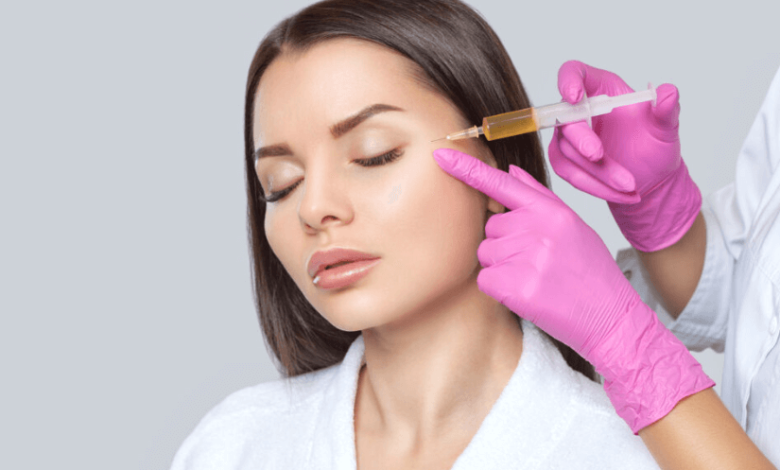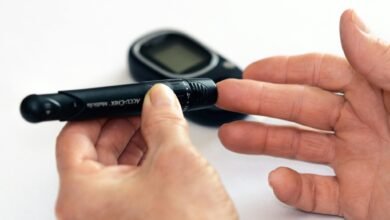How Effective is PRF Compared to Traditional PRP?

In recent years, hair restoration treatments have evolved significantly, with regenerative therapies like Platelet-Rich Plasma (PRP) gaining widespread attention. However, a new method—Platelet-Rich Fibrin (PRF)—is emerging as a more advanced and potentially more effective alternative. While both PRF and PRP rely on the body’s own platelets to stimulate hair growth, they differ in their preparation, composition, and the longevity of their effects. Understanding what is PRF hair treatment and how it compares to PRP is essential for anyone considering a non-surgical approach to hair restoration.
Understanding What is PRF Hair Treatment
Before looking into the efficiency of PRF against PRP, it is essential to question: What is the PRF hair treatment? PRF is short for Platelet-Rich Fibrin, an advanced regenerative treatment that is based on the concept of PRP. Whereas PRP uses anticoagulants and chemical additives during its preparation, PRF does not require any. Consequently, the platelets and white blood cells in PRF become more natural and biologically active when they are injected into the scalp.
So, what is PRF hair treatment in practical terms? It involves drawing a small amount of the patient’s blood, spinning it at a low speed to separate out platelets and growth factors, and then injecting this fibrin-rich solution into areas of the scalp affected by hair thinning. The slower centrifugation preserves more healing cells, including stem cells and leukocytes, which may contribute to its enhanced effects.
PRF vs PRP: Key Differences in Composition
PRF and PRP are similar but different in their composition. PRP results from a high-speed blood spin that concentrates the platelets; however, it also removes many healthy white blood cells and stem cells, which could have been beneficial. In contrast, PRF is thrown at lower speeds; thus, a mixture of platelets, fibrin, white blood cells, and mesenchymal stem cells is obtained. This biological matrix has the potential to slow and prolong the release of growth factors for some time.
This differentiation is key when we look at what is PRF hair treatment is and its potential advantages. The formation of a natural scaffold from fibrin gives PRF the chance to create a longer-term environment for tissue regeneration. Unlike PRP, which typically releases its growth factors very fast and requires more sessions to keep the results, PRP’s growth factors are released quicker and then die off.
See also: How to Choose the Right Hospital for Your Healthcare Needs
The Lifespan and Quality of Results
The issue that patients must understand is whether PRF really does become more effective in the end. Some studies found that, compared to PRP, PRF might lead to better hair regrowth and that the patients may require fewer treatments. The reason is that the growth factors in PRF take a longer time to be released, so the healing process lasts longer after the treatment is over. This in turn may result in fuller hair, healthier scalps, and the need for less follow-up treatment.
Thanks to its properties like being a naturally occurring form of fibrogen, it is no wonder that so many medical experts think that PRF is better for the body than PRP. Generally, patients go through PRF therapy with less inflammation, shorter downtime, and a more natural hair growth cycle.
Safety and Patient Experience
Along with the consideration of what is PRF hair treatment is, the safety aspect is actually another part flirting with primacy. As PRF is 100% self-derived, it is made from the patient’s blood without any additives; thus, there is almost no risk of developing an allergy or infection. Moreover, PRF’s physiological composition can lead to fewer side effects, i.e., less swelling and discomfort.
Most of the patients reveal that they found the PRF experience more comfortable and less intrusive than the other treatments. PRF sessions are normally brief, require minimal recovery time, and often the results are visible within a few months. The rate of patient satisfaction tends to be high, particularly in those people who witness the early signs of adult male/female pattern hair loss.
The Bottom Line: Is PRF More Effective?
Having reviewed the most recent literature as well as drawing from patient experiences, one could say that PRF is more beneficial than classical PRP for most patients. The goals of both therapies are to reactivate sleepy hair follicles by using the body’s own natural processes, whereas PRF’s additional cell and growth factor advantages make it the best choice for replacement therapy. For instance, if one is in need of a solution to say what is PRF hair treatment is, one cannot help but notice it as a totally fresh perspective on non-invasive hair treatment.
What, therefore, is PRF hair treatment as against PRP? It is a safer, more biologically active, and longer-term alternative that stands on the performance of the PRP science to yield results that are utterly fantastic. As even more evidence gathers regarding its success rates, PRF is slated to become the premier choice for patients and doctors alike looking for natural and effective hair restoration methods.



